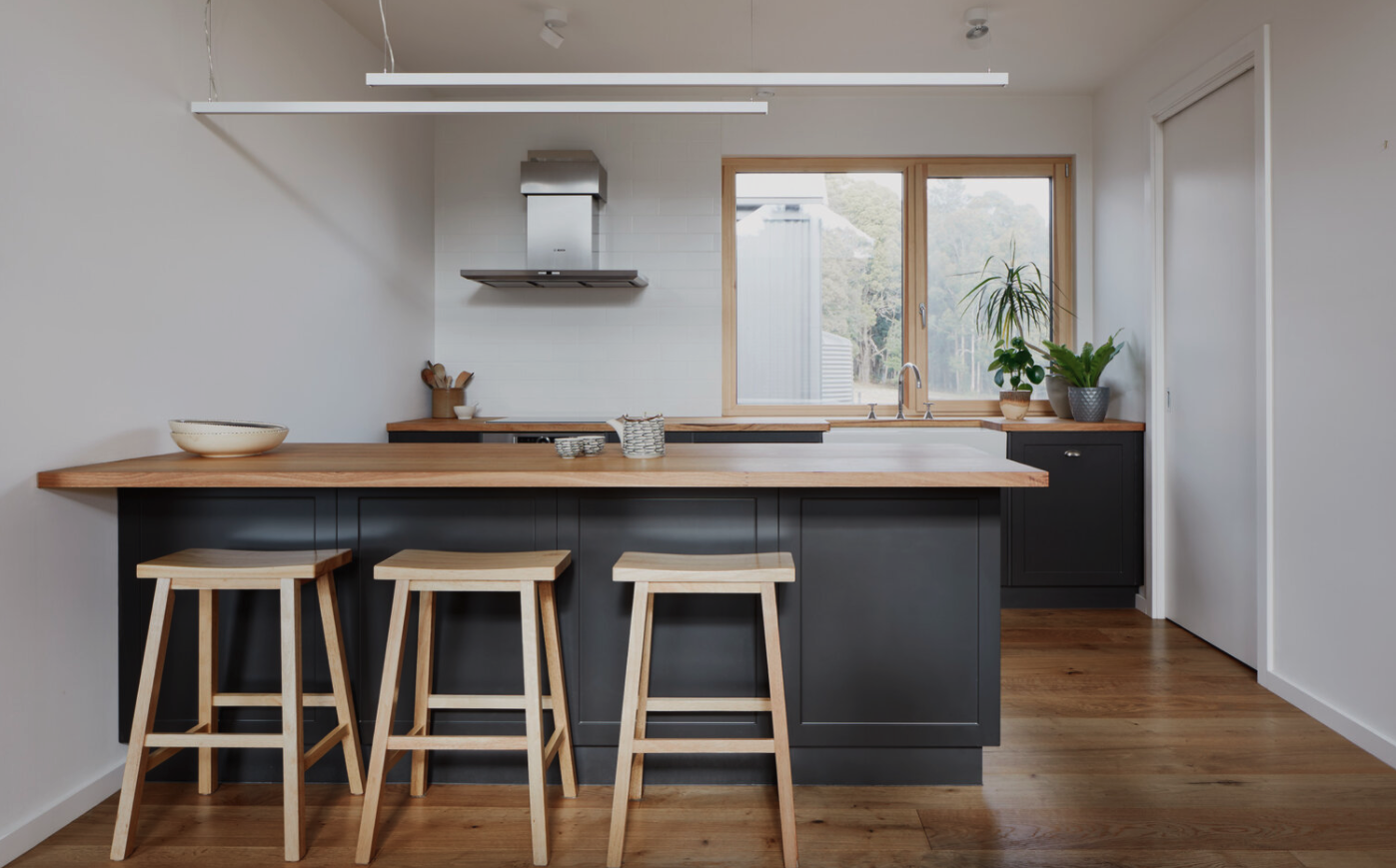Podcast: Play in new window | Download | Embed
Stuart Lee loves what he does, which is mostly building Passive House homes in Victoria, Australia. He was an early adopter of sustainable building and it was during a Master Builder Green Living event that heard Clare Parry speak about Passive House. It all made a lot of sense and Stuart enrolled himself on a Passive House Tradesperson course. In this interview, I discuss with Stuart why he became a builder in the first place and his ideas about the key principles of home performance.
Stuart wants to be pretty much exclusively building Passive House homes or doing EnerPHit retrofits. But he recognises that full certified projects are not always practical. He always tries to incorporate the key aspects that make homes perform though, and says that two of these are key.
The two key principles of home performance
Stuart has some great information about Passive House on his website. He outlines what a Passive House is, and some of the main benefits to homeowners.
There are five general principles of Passive House design. Following these will usually help achieve the internationally recognised standard. Of the five, there are two that stand out for Stuart:
- Airtightness – this is crucial for effective thermal control because air moving through the insulation means the insulation isn’t going to work properly. When air control is combined with vapour control, it also ensures the durability of the structure and minimises the risk of mould growth within the roof and the walls.
- Good ventilation – by this, Stuart is referring to continuous mechanical ventilation throughout the house, with heat recovery. This can be tricky with retrofits, but there are some other basic steps that Stuart recommends as a minimum.
Together, these are mostly about air control. Stuart says that as soon as you’ve got the ability to control the air, you can control the quality of the environment inside the house.

